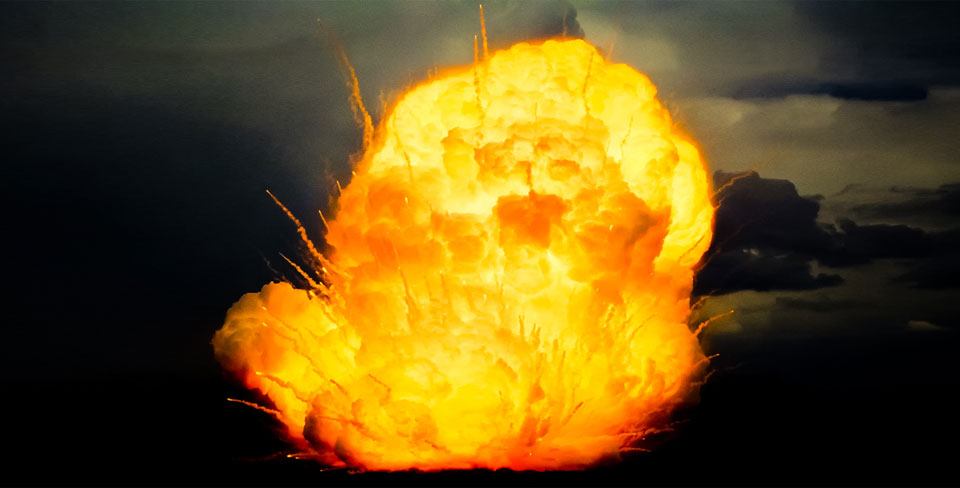
Explosive procurement refers to the process of acquiring explosives for various applications, including mining, construction, military, and demolition. This process involves several key steps and considerations to ensure safety, legality, and effectiveness. Here’s an overview of the main aspects involved:
1. Types of Explosives
Commercial Explosives:
- Blasting Agents: Includes ammonium nitrate (AN), ammonium nitrate-fuel oil (ANFO), and emulsions used primarily in mining and construction.
- Emulsions: Water-resistant explosives made from a mixture of ammonium nitrate, fuel oils, and emulsifiers, used for blasting in wet conditions.
- Water Gels: Gelatinous explosives that can be used for a range of applications, including mining and construction.
Military Explosives:
- High Explosives: Such as TNT (trinitrotoluene), RDX (Research Department Explosive), and C4, used in military ordnance and demolition.
- Blasting Caps: Devices that initiate larger explosives, including detonators and fuse caps.
Procurement Process
Needs Assessment:
- Application: Determine the type and quantity of explosives required based on the specific application, such as mining, construction, or demolition.
- Specifications: Define the performance characteristics needed, such as blast strength, sensitivity, and environmental resistance.
Regulatory Compliance:
- Licensing: Obtain necessary permits and licenses from regulatory authorities for handling, storage, and transportation of explosives.
- Standards: Ensure compliance with safety and quality standards set by organizations such as OSHA (Occupational Safety and Health Administration) or other relevant bodies.
Supplier Selection:
- Qualifications: Choose suppliers with certifications and a track record of compliance with safety regulations and quality standards.
- Quality Assurance: Verify that the explosives meet industry standards and specifications.
Key Considerations
Safety:
- Risk Management: Implement risk assessment and management strategies to prevent accidents and ensure safe operations.
- Emergency Response: Establish protocols for responding to accidents, including fire, spills, or accidental detonation.
Environmental Impact:
- Regulations: Adhere to environmental regulations regarding the use and disposal of explosives to minimize environmental impact.
- Mitigation: Implement measures to mitigate noise, dust, and ground vibrations caused by blasting.
Legal Compliance:
- Local Laws: Follow local, national, and international laws governing the use, storage, and transportation of explosives.
- Documentation: Maintain accurate records of procurement, usage, and disposal of explosives.
